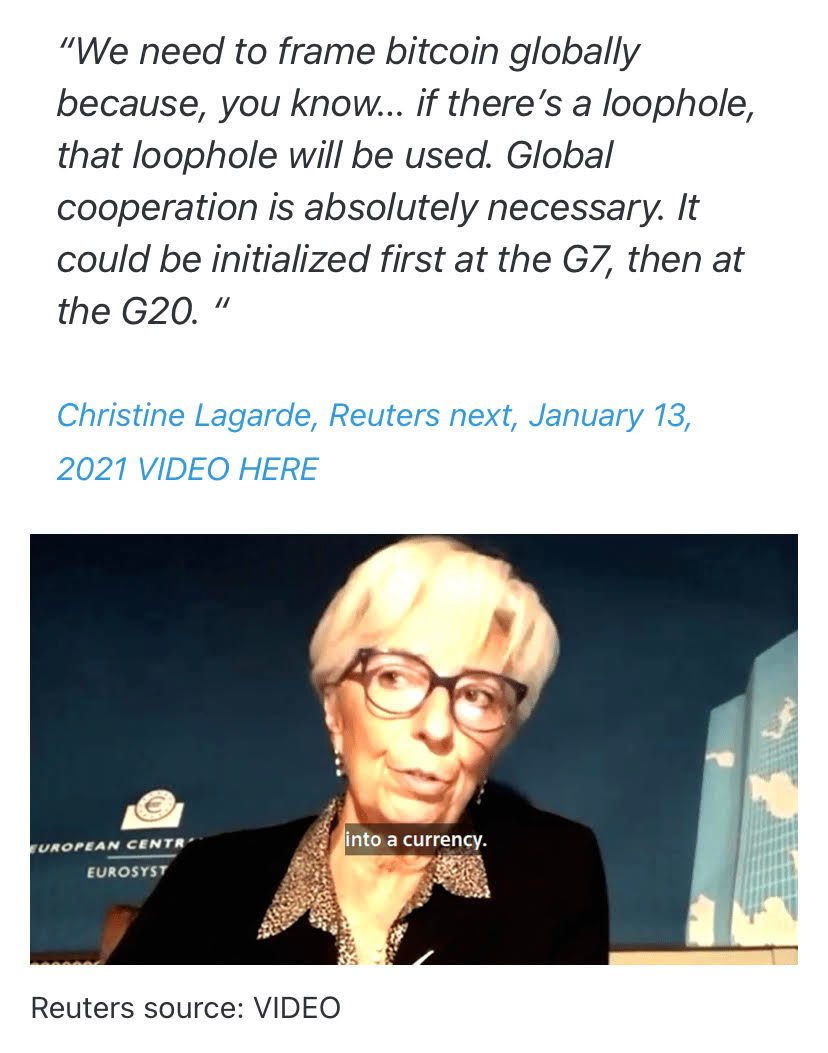Electronic Cash
- Daniel Howell

- Dec 11, 2024
- 5 min read
Updated: Dec 12, 2024
Bitcoin is made possible by a number of truly amazing innovations from the turn of the century: digital signatures, public/private key cryptography, hash functions, and of course, the blockchain. But the big accomplishment of Satoshi was combining these innovations to achieve something unprecedented in computing: digital scarcity.
The Problem
Computer scientists have grappled with how to make digital money since the dawn of computers. But the problem with computers is that files and data are easily copied. When you airdrop a picture to a friend, you are sending a copy, the original remains on your device. When you email a recipe to your sister, you are sending a copy, the original stays on your computer. Indeed, you could send that recipe to a million people in an instant, each recipient getting a copy of their own. In fact, it’s impossible to not send a copy. That is, it’s impossible to send the original picture from your phone such that, after it is given, you no longer have it. Such a transfer is easy to do with a physical photograph, but seemingly impossible with a digital photo.

And so, digital money seemed impossible.
There was simply no way to give up possession of a digital dollar in computer land by passing it on to someone else the way you can a physical dollar in the real world. There was no way to prevent dollars from being copied and spent more than once; an insurmountable obstacle known by computer scientists as the double-spend problem.
The Make-Do
And yet, internet commerce is big business. Trillions of dollars are moved on the internet every year. Indeed, Amazon alone has put an untold number of mom-and-pops in brick-and-mortar stores out of business. So how is it done?
By using third parties.

Every monetary transaction on the internet uses a trusted third party: a middleman that sits between the buyer and seller. Why? Because the buyer doesn’t trust the seller and the seller doesn’t trust the buyer. They likely don’t even know each other. But they both know and trust VISA. So, the buyer uses her VISA card, and the seller accepts the VISA payment. VISA adds dollars to the seller’s account and subtracts dollars form the buyer’s account. Not only does the third party ensure the seller gets paid, but by subtracting the buyer’s dollars the third party also prevents explosive inflation of the currency by double-spending. Other third parties include PayPal, Venmo, Cash App, and Zelle.
The (New) Problem
The third-party system works great, until it doesn’t. The problem with trusted third parties, as Satoshi Nakamoto pointed out in the Bitcoin white paper, is that they are not always trustworthy. There are a million examples of that trust being broken, but here are just a few.
1. When Canadian truckers had enough of the government’s overreach in 2021, they decided to protest. Although, the vast majority of truckers had followed every Covid protocol (including vaccination), the government was making it nearly impossible for them to simply do their jobs – trucking. In the middle of a Canadian winter, they gathered in Ottawa to let their voices be heard. Despite the protest being entirely peaceful, the government began identifying truckers and shutting down their bank accounts. Without access to their accounts, they couldn’t pay for gas, mortgages, or even food for their families. Furthermore, donations from millions of Canadians and Americans were seized by GoFundMe and never made it to the truckers. The trusted third parties became thieves rather than trustees of their customers' money.
2. Because the dollar is the global reserve currency, most countries of the world, including Russia, hold US dollars. When Russia invaded Ukraine, the Biden administration sanctioned Russia. Russia had their US dollars frozen, and later seized. To add insult to injury, the seized dollars were given to Ukraine. Once again, the trusted third parties – the international banks holding the Russian reserves – became thieves rather than custodians.
3. Recently, it has become known that businesses and individuals around the world are being debanked over their political views. Bitcoiners were acutely aware of this before the general public because they were often the victims. Silicon Valley and Silvergate banks did not fail organically; they were destroyed by the Biden Administration because they were popular crypto banks, funding numerous Bitcoin-related start-ups and businesses. One highly reputable Bitcoin company, Bitcoin Well, claims to have sought a relationship with over 600 banks before finding one that would do business with them. Nigel Farage was debanked over his political views. Rudy Giuliani, once known as America’s Mayor, was debanked to near poverty for supporting Donald Trump.
Perhaps you are noticing a trend. Our most trusted third parties – banks – and the corporations that spring up around them, such as GoFundMe, repeatedly prove to be untrustworthy. Fool me once, shame on you; fool me twice, shame on me. But what are we to do?
The Holy Grail
Since the internet allows trillions of dollars of convenient and global commerce annually, we desperately need a way to transact online without banks or any third party. As stated at the beginning of this post, the genius of Satoshi was to combine a number of innovations to achieve digital scarcity – the Holy Grail of many computer scientists. Digital tokens that are interchangeable (“fungible”) like real money and swappable like real money. How he did it is beyond the scope of this article, but he did it. He found a way to send that digital photo from your phone to your friend’s phone without a copy being made. This transfer of data (let’s call it Bitcoin) allows digital money on the internet. Using Satoshi's new protocol, double-spending is not possible, and no third party is required. Consequently, bitcoins cannot be frozen, seized, or sanctioned. Transactions between any two participants cannot be stopped.

Being as informed in economics as in computers, Satoshi coded into Bitcoin a monetary policy that allowed fair and equitable issuance of coins, prevented inflation, and made Bitcoin highly salable in space, time, and scale.
And then he disappeared, so that Bitcoin - like gold - would not even have a known founder.
Scarcity begets value. Digital scarcity begets digital value on the internet.
Digital scarcity also allows for instant final settlement online. When a physical dollar passes from buyer to seller, the seller owns that dollar and the buyer no longer has possession. Likewise, when I send you bitcoins over the internet, you take possession of those coins and I no longer have them.
Finally, cash for the internet!
Satoshi said it best in his white paper title, Bitcoin: A Peer-to-Peer Electronic Cash System




Comments